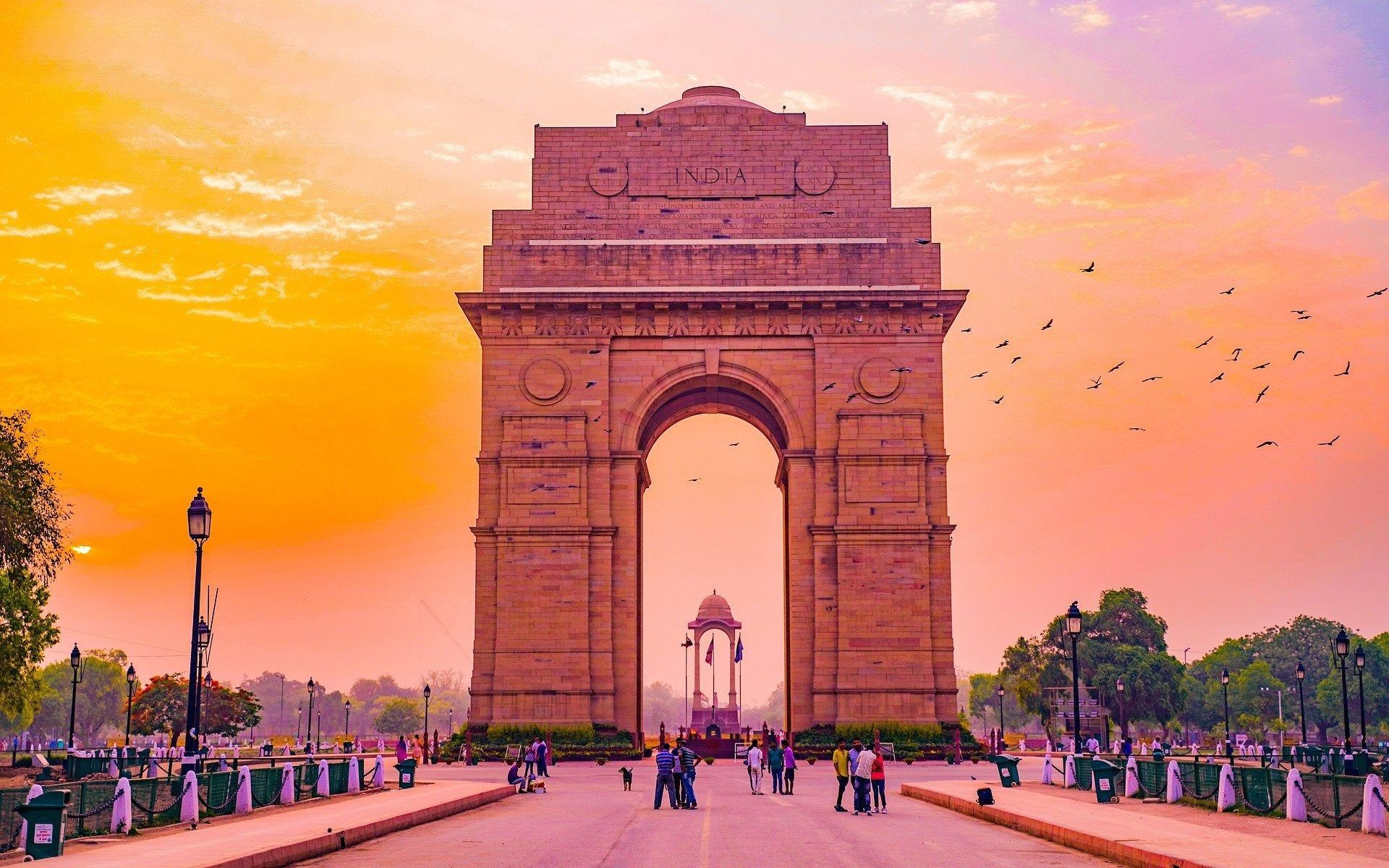
Delhi’s Master Plan 2041 is a retreat as it calls for creating an extraordinary night-time economy. The modeling of a 24-hour city is propelling yet ambitious, breaking the stereotype has relied on over the past decades. The DDA has issued some principle guidelines of the Master Plan suggesting emphatic reforms in the economic setup. The intention is to overhaul the stringent outlook of the administrative model to an exciting venture coming ahead. The guidelines cover extensive transport infrastructure, budgeting housing for all, and a shift towards combating precis of pollution. The transposition is a holy grail aimed at creating a healthy environment to examine the unauthorized colonies and fostering our environmental responsibilities.
Alongside, it has instituted a draft of the MPD 2041 in the public domain welcoming suggestions and criticism of the proposed developments. The policies cover critical notions involved in prolonged discussions, focused on environment, economy, mobility, heritage. The Master Plan of Delhi facilitates an overwhelming opportunity for the DDA to revamp sluggishness into an inspiring model.

What is dwelling under the Master Plan? Focusing on Key Components-
The ideals of following the 24-hour city got promoted through the Model Shops and Establishments Act, 2015, alongside inheriting the exemplar of the night-economy policy. It seems like that the plan is calling on all the resources and initiating a sustainable growth pattern over the upcoming years. The fabrication of affordable rental housing is an uphill task aimed at accommodating Delhiites to confined homes. The 20-year plan cornerstones the significance of building small rental housing with complete facilities and recouping the idea of residential housing.
The National Capital has observed ups and downs in its development pattern. And if it is going to pull the Master Plan to success, it would get designated as a remarkable achievement. Foremostly, for that to happen, key challenges need conquering.
According to the draft of the Master plan by the Delhi Development Authority, Delhi’s population is heightening to 3.9 crores in this year’s census report against the previously estimated figure of 1.67 crores. Delhi’s current population evaluation two times the calculated figure back in 2011. It is exacting an economic overhaul by intensifying the efforts on sustainable growth and the better environmental outlook of Delhi.

How come The Growing Onerous of Cleaner Economies Can get Accomplished?
As stated in the capacious draft of the DDA, it is expressing concerns over the pollution-driven environment, predominantly affecting the sight of a cleaner economy. Change is inevitable as the Master Plan envisages a transpose towards a safer yet competitive economy. It will get bolstered by developing information technology, IT-based services, knowledge-oriented and hi-tech industries. The cooperation of efforts needs to get guided towards improving the hard struck sectors like tourism, hospitality, realty markets, education, and tertiary healthcare infrastructure. As collective propaganda, the Master Plan marks history as a monumental shift in our economic aspirations.

From Where Has the Concept Idealized and Why its Execution is Imminent?
The vendetta of the night economy is gaining significance in various countries. It is kosher that attracting tourists and intensifying job allocations would be the two major goals that will be endeavored during the journey of the Master Plan. A policy shift towards providing a safer and vibrant environment is vital in overcoming the concerns of industries.
Delhi’s infrastructure up-gradation has been neglected over time and replaced by delegatory policies. These do not go in favor of the citizen’s demands, and that’s why the primary focus would get headed down to extending support to identifying nods and circuits in the city for incessant activities. All the cultural activities and entertainment-related wisdom would engross tourists’ interests compelling them to envisage a night atmosphere never seen before.
The economic yields will fortify through the utilization of vacant workspaces. Undertaking precautionary measures to prop up safety during the night hours would also help to combat the social challenges prevailing in the system. The concealing of the prototype will enable the expansion of the Master Plan by restructuring the commercial business areas of Delhi. Historically, Karol Bagh and Walled City are the economic heartlands of commerce, offices, businesses, socio-cultural facilities, and will pick up the threads of the proposed drafts and visualize them towards success.
The commercial hubris of the city will get revitalized by driving an area-development initiative. Furthermore, prominent tourist attraction places like Connaught Place will be the centric area of remodeling the iconic hub. The national capital is pursuing and laying down certain changes in the housing supply.
According to the DDA, its augmentation will get prospered through the large-scale development of sectors across Delhi. It will get envisioned by following the land pooling model. The dwelling and the sick units have the potential to be transformed into commercial hubs.
Moving forward, the envisionment will get followed across the supply sector. The draft delineates that the ring rail network needs advancement, and connected routes at the institutional, and the spatial level. In the next 20 years, the Delhi government has to overcome tormenting pressures along the way and be imminently proactive in responding to the stressful environment. Much of it will depend on the roll-out of the finalized draft, and the development will get distributed among sectors. The Master Plan is the critical setting for the Delhi government’s aspirations of building resource-efficient and sustainable growth. Whether the desired development supersedes the upcoming challenges remains debatable.




